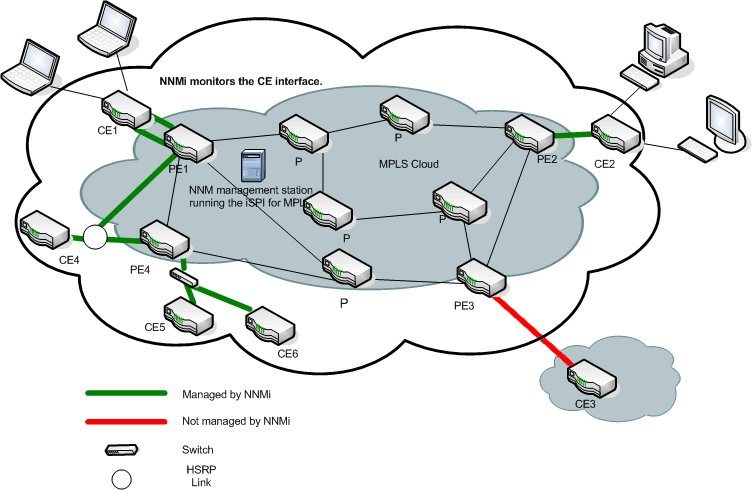Searching the Help
To search for information in the Help, type a word or phrase in the Search box. When you enter a group of words, OR is inferred. You can use Boolean operators to refine your search.
Results returned are case insensitive. However, results ranking takes case into account and assigns higher scores to case matches. Therefore, a search for "cats" followed by a search for "Cats" would return the same number of Help topics, but the order in which the topics are listed would be different.
| Search for | Example | Results |
|---|---|---|
| A single word | cat
|
Topics that contain the word "cat". You will also find its grammatical variations, such as "cats". |
|
A phrase. You can specify that the search results contain a specific phrase. |
"cat food" (quotation marks) |
Topics that contain the literal phrase "cat food" and all its grammatical variations. Without the quotation marks, the query is equivalent to specifying an OR operator, which finds topics with one of the individual words instead of the phrase. |
| Search for | Operator | Example |
|---|---|---|
|
Two or more words in the same topic |
|
|
| Either word in a topic |
|
|
| Topics that do not contain a specific word or phrase |
|
|
| Topics that contain one string and do not contain another | ^ (caret) |
cat ^ mouse
|
| A combination of search types | ( ) parentheses |
|
MPLS Customer Edge (CE) Management
You can monitor the logical link connectivity between the PE node and CE node in an L3 VPN topology. The NNM iSPI for MPLS helps you monitor the following:
- One PE interface connected to one CE interface on the network.
- One PE interface connected to multiple CE interfaces on the network. This PE-CE links are connected by using a hub on the network.
- Multiple PE interfaces connected to one CE interface on node on the network. This PE-CE link connectivity is using the Hot Standby Routing Protocol (HSRP) or equivalent.
- Multiple PE interfaces connected to multiple CE interfaces on the network.
For example, NNMi monitors the CE1 and CE2 nodes and interfaces on the nodes. The NNM iSPI for MPLS helps you monitor the PE-CE communication links. In addition, the NNM iSPI for MPLS helps you monitor two CE interfaces on the CE node communicating with one PE interface and two PE interfaces communicating with one CE interface. The NNM iSPI for MPLS does not monitor the PE3- CE3 link connectivity as the CE3 node is not available in NNMi topology.
You can check the status of the PE interface, CE interface, and the PE-CE connectivity from the MPLS views. View the PE-CE information in the CE Interface tab, PE Interface tab, and L3 VPN tab of the node form. For more information, see Node Form: L3 VPN PE interfaces.
The discovery of CE nodes participating in an L3 VPN may require multiple rounds of discovery, even if both the CE node and the corresponding PE node are seeded at the same time. The actual number of discovery cycles (one or two) depends on manageability of CE node and also, the sequence in which the PE and CE nodes are discovered by NNMi and the NNM iSPI for MPLS.
The NNM iSPI for MPLS supports the duplicate IP address for the PE-CE link connectivity. For more information, see Duplicate IP address Support with the NNM iSPI for MPLS.
The NNM iSPI for MPLS uses NNMi capabilities to monitor and manage the CE interface. NNMi polls the CE interface on the CE node and generates incidents whenever the status of the CE interface is down. The NNM iSPI for MPLS listens to the incident and updates the status of the CE interface in the MPLS views.
To use the CE management feature, use NNMi Configuration workspace to configure the CE interfaces in the interface group. You should add the interface groups with MPLS capabilities that help in monitoring the PE- CE logical link connectivity.
- From the workspace navigation panel, select the Configuration workspace.
- Select Interfaces Groups ->Interface Settings tab.
- Do one of the following:
- To create an Interface Settings definition, click
 (the New icon).
(the New icon). - To edit an Interface Settings definition, select a row, click
 (the Open icon).
(the Open icon). - In the Interface Group form, select the Additional Filters tab.
-
Add the following MPLS capability to monitor the PE interfaces
capability = com.hp.mpls.capability.iface.l3vpnpeiface. - Add the following MPLS capability to monitor the CE interfaces
capability = com.hp.mpls.capability.iface.l3vpnceiface. - Click
 (Save and Close).
(Save and Close).
To enable polling for the CE interfaces, check the Global Control group box from the Monitoring Configuration workspace. For more information, see NNMi Help for Administrator, Using the Monitoring Configuration form.
We welcome your comments!
To open the configured email client on this computer, open an email window.
Otherwise, copy the information below to a web mail client, and send this email to network-management-doc-feedback@hpe.com.
Help Topic ID:
Product:
Topic Title:
Feedback:






